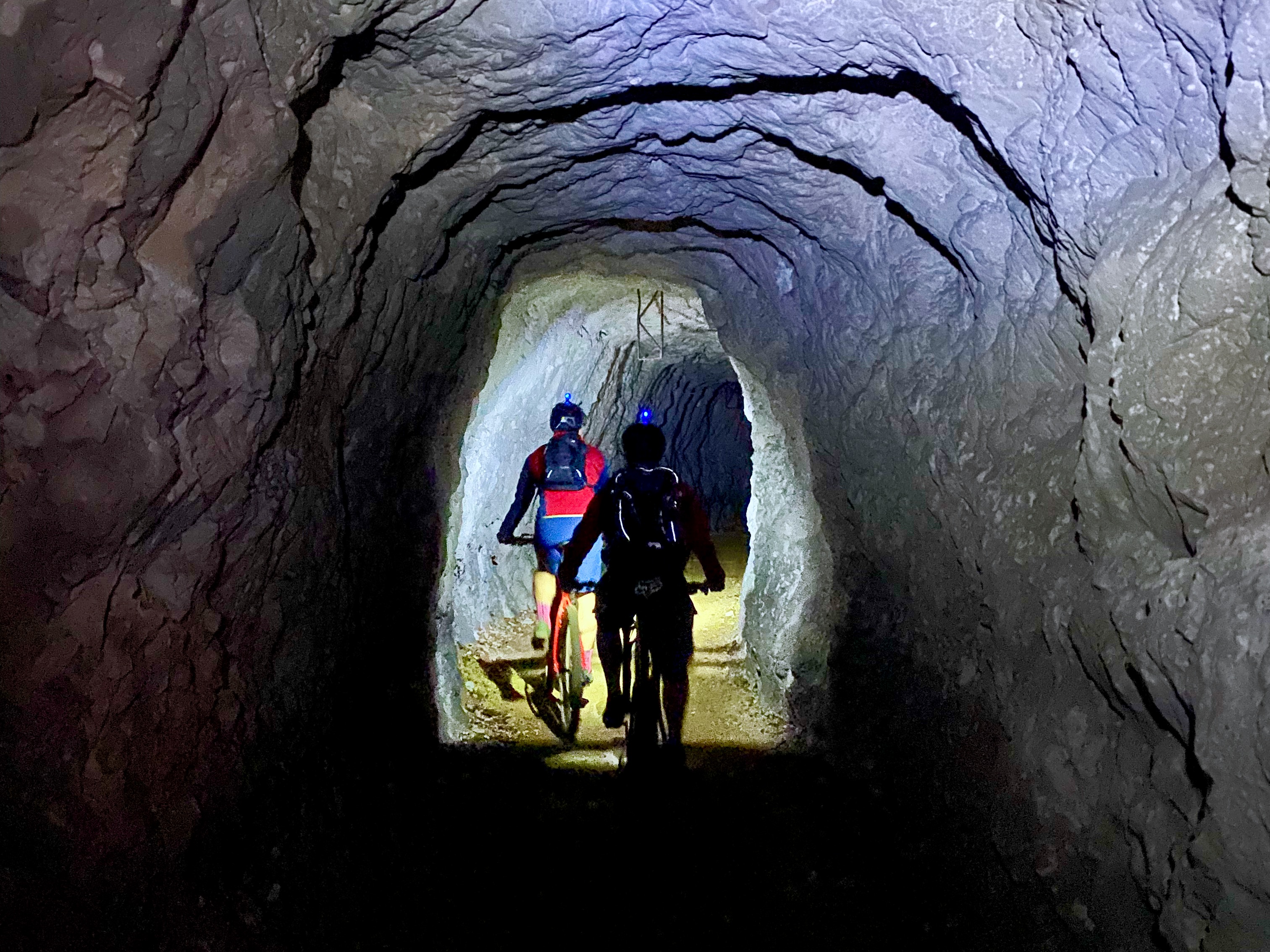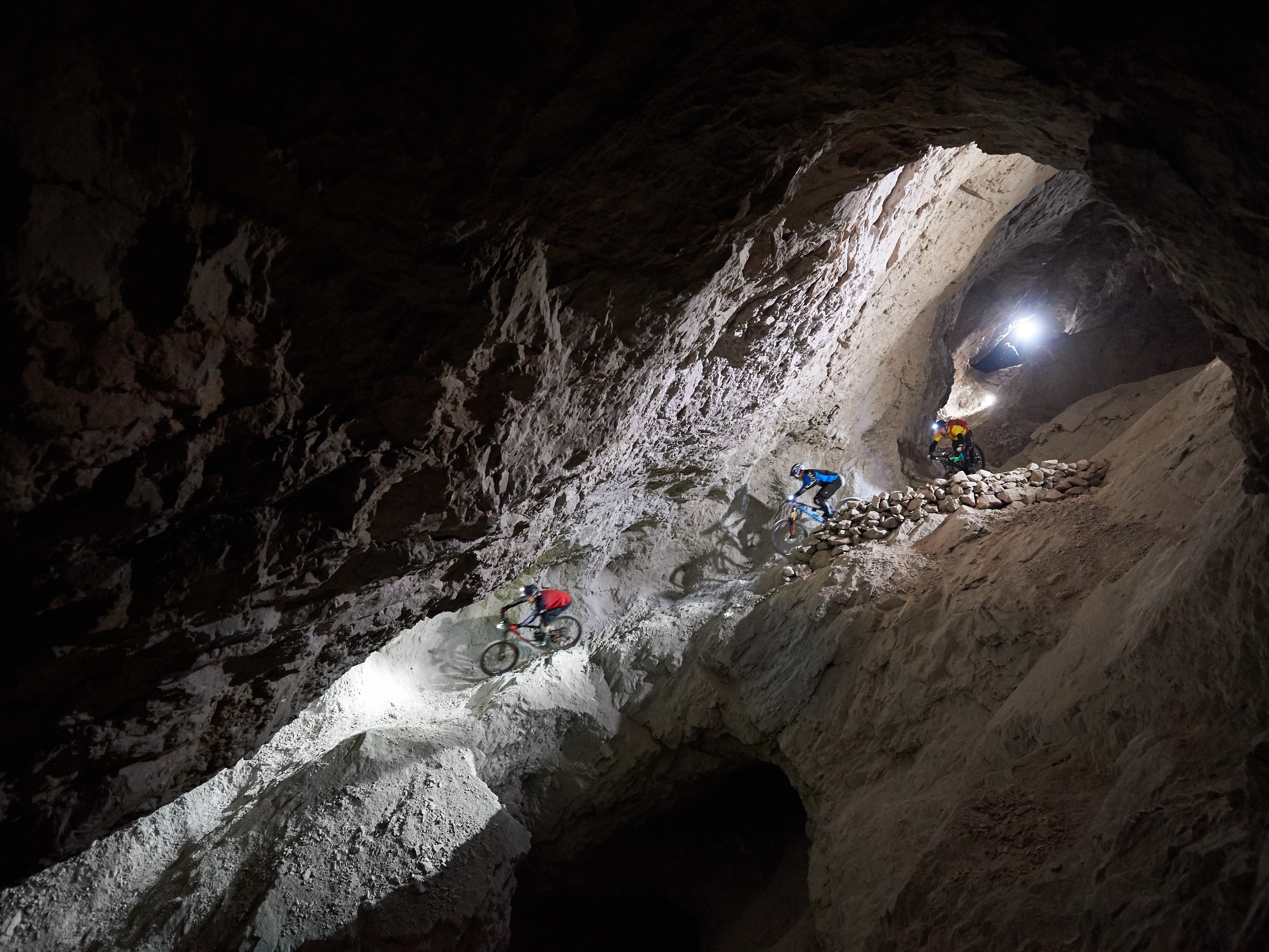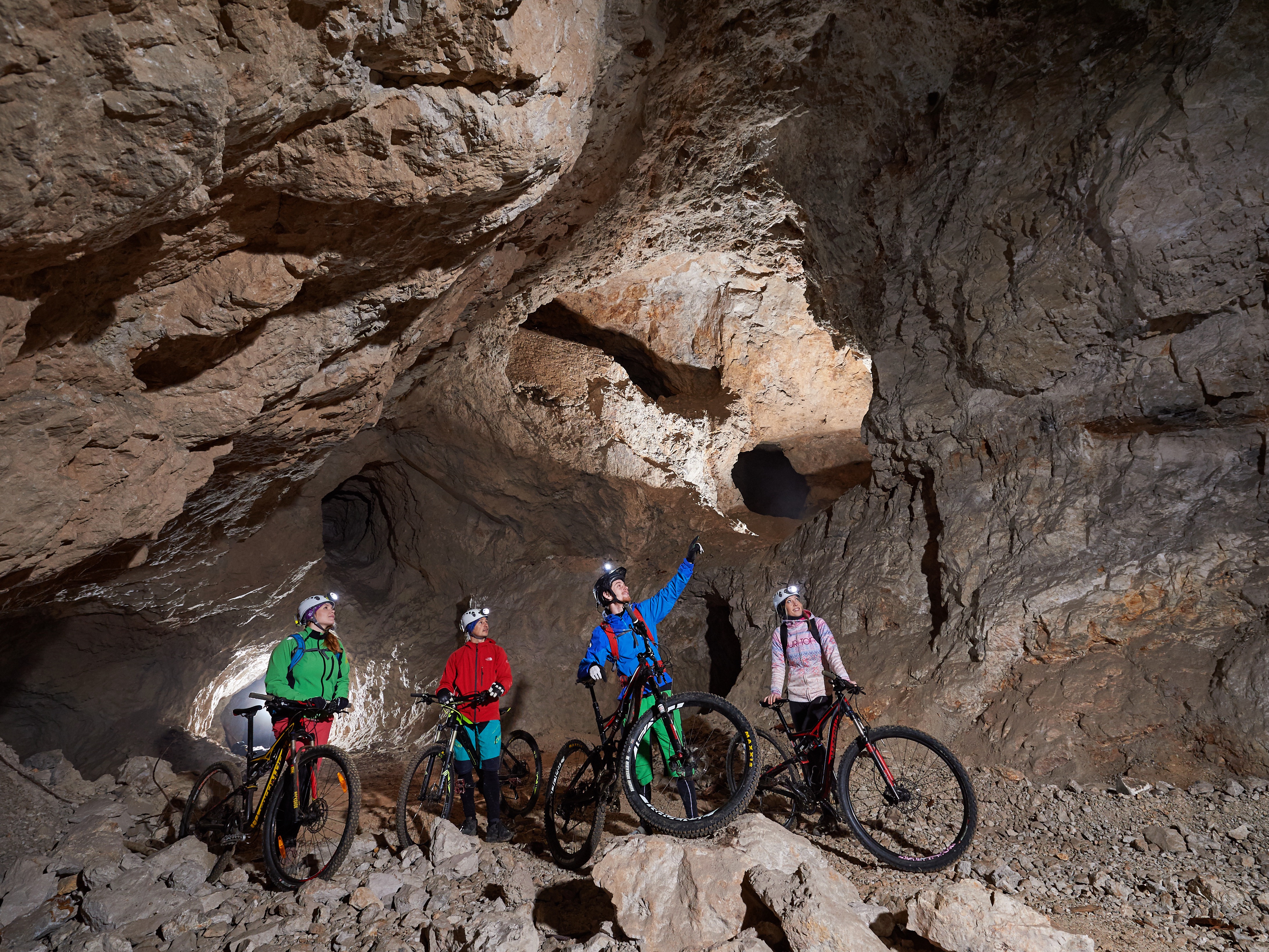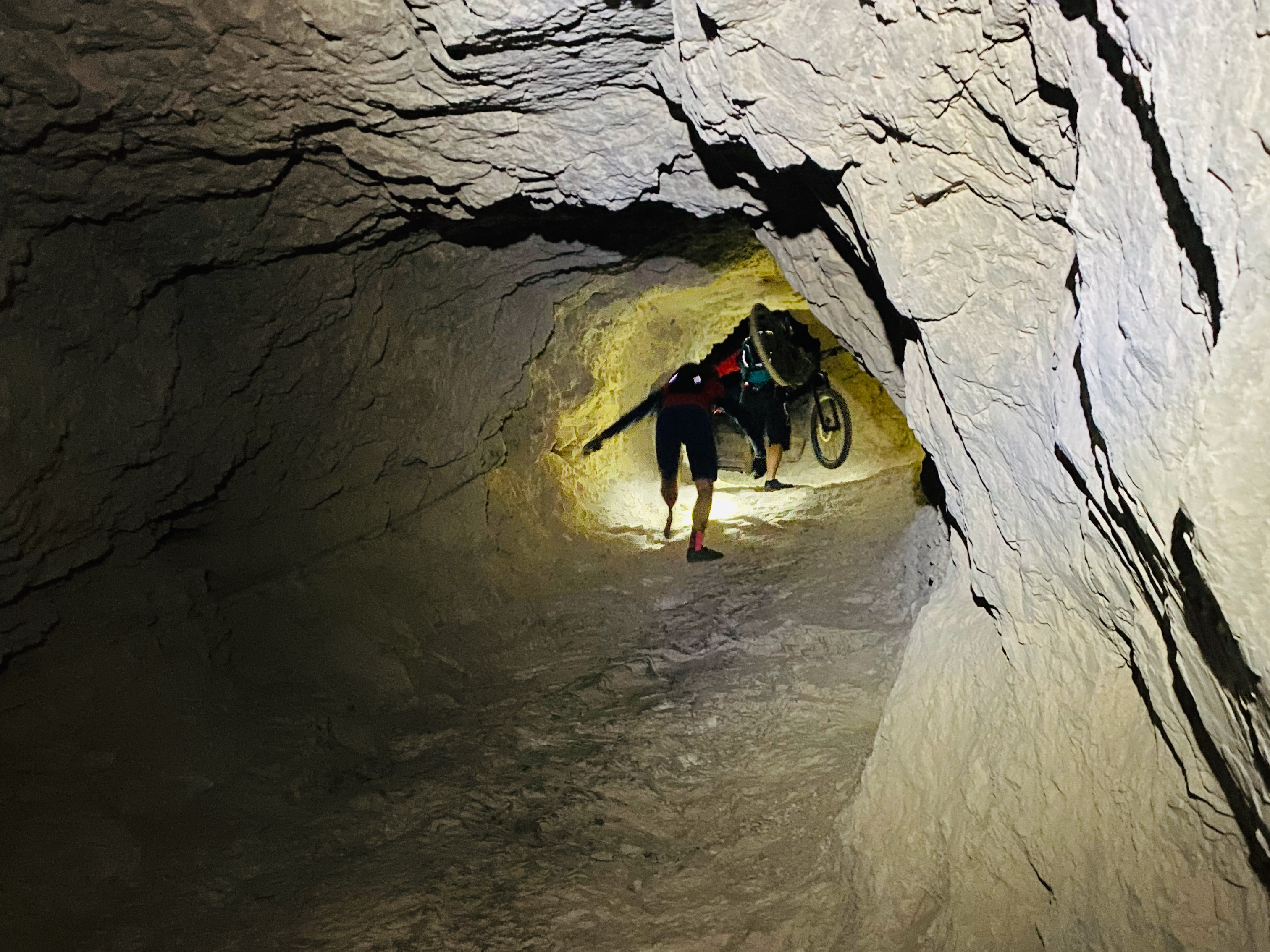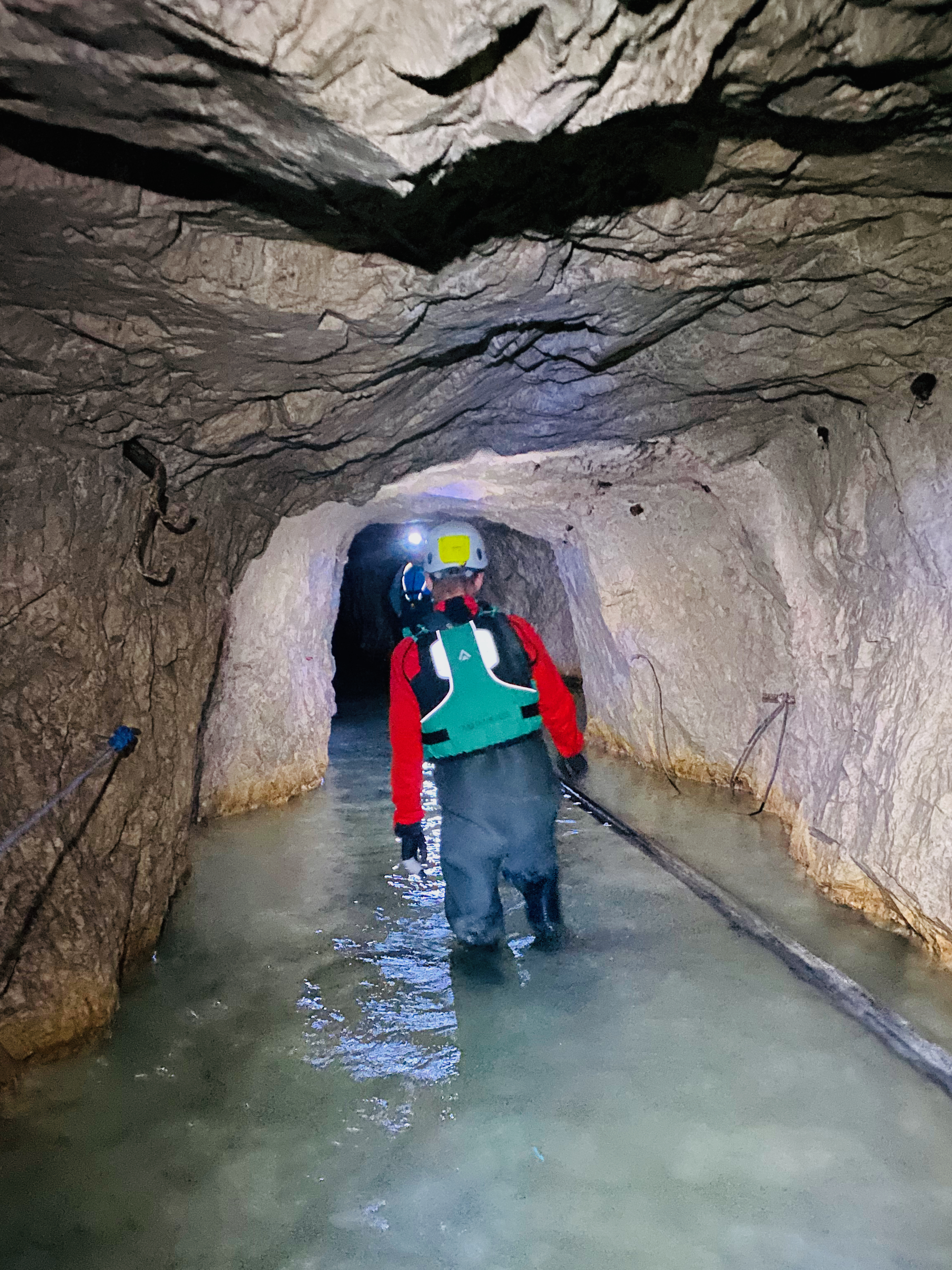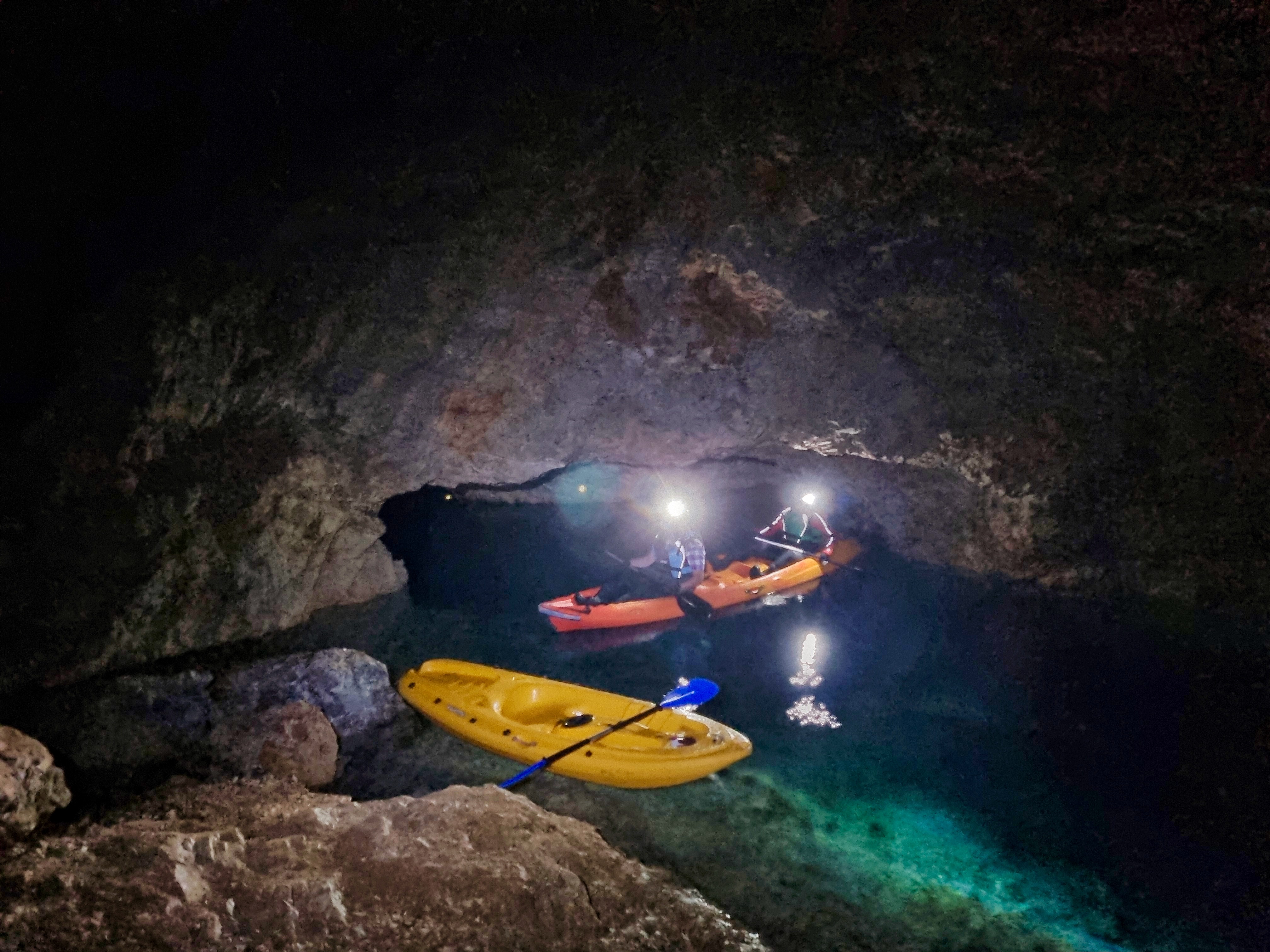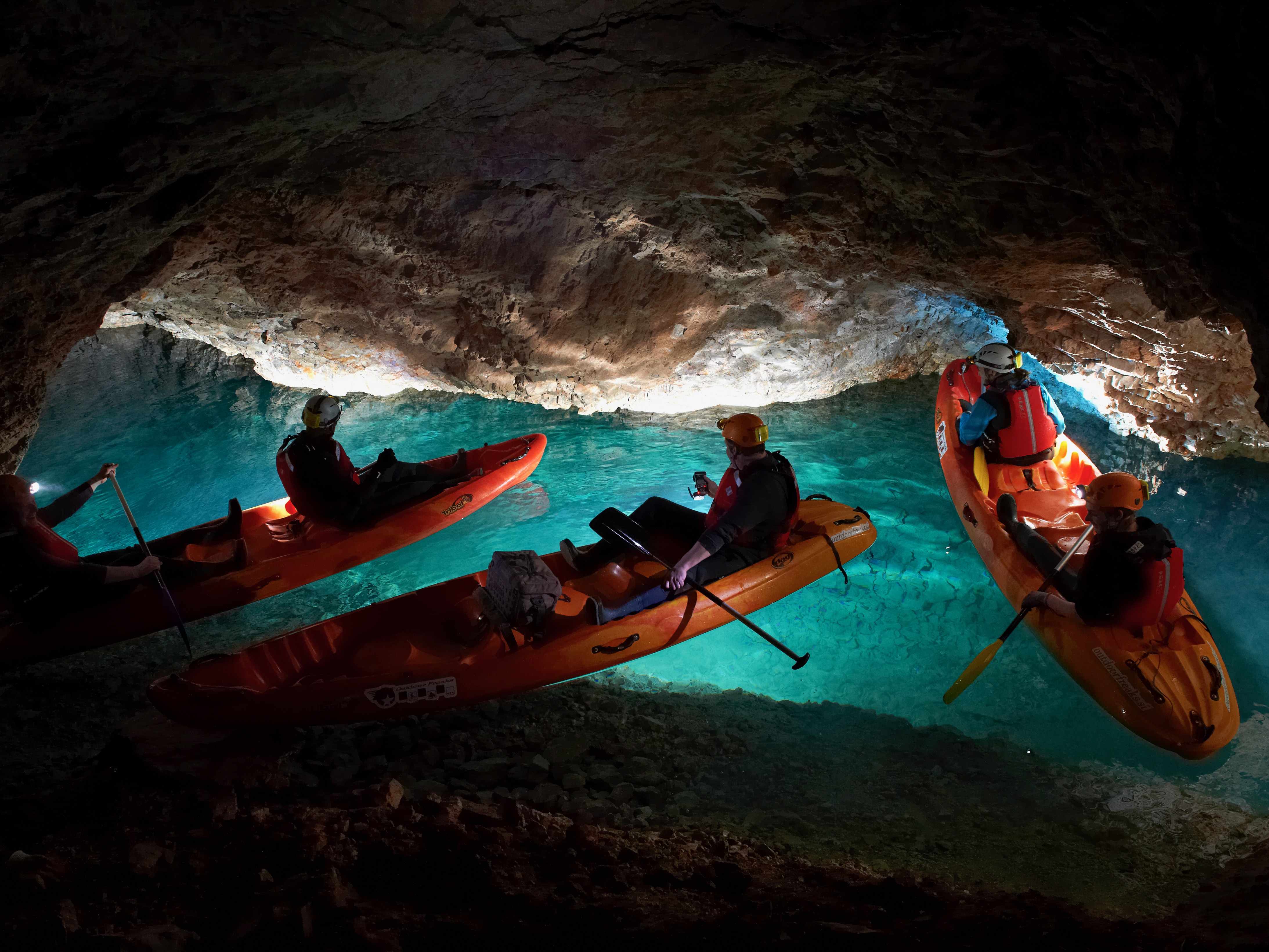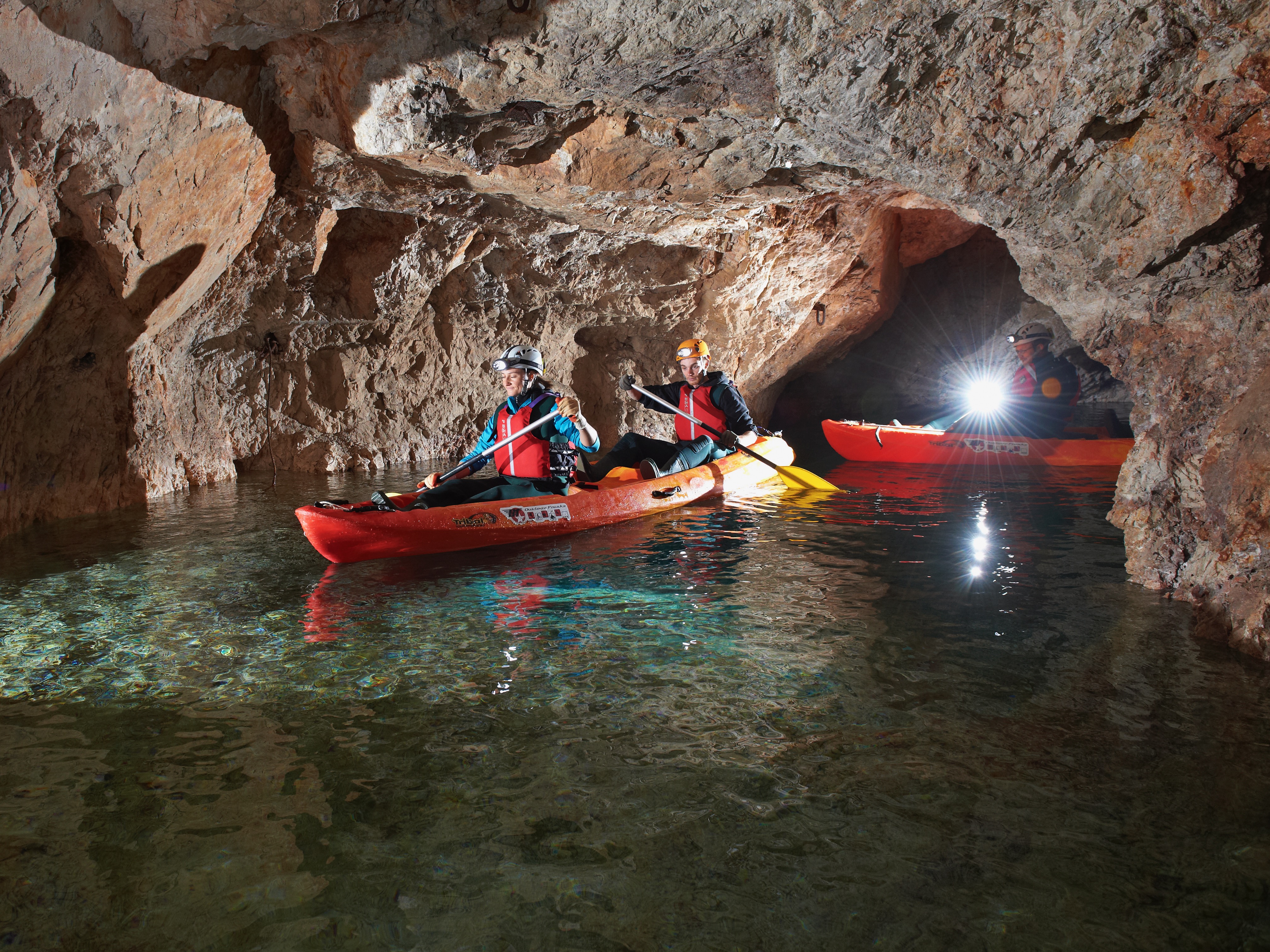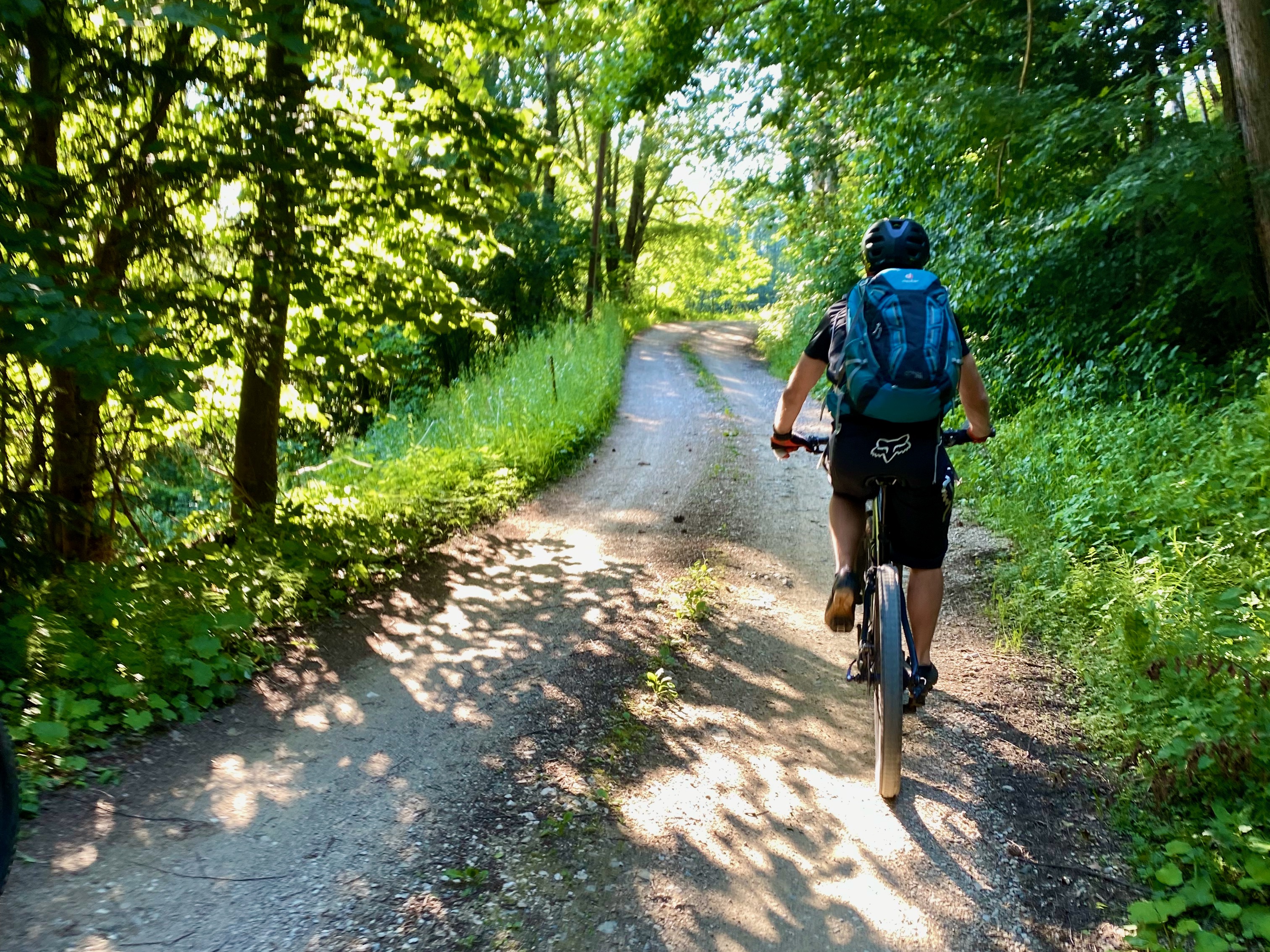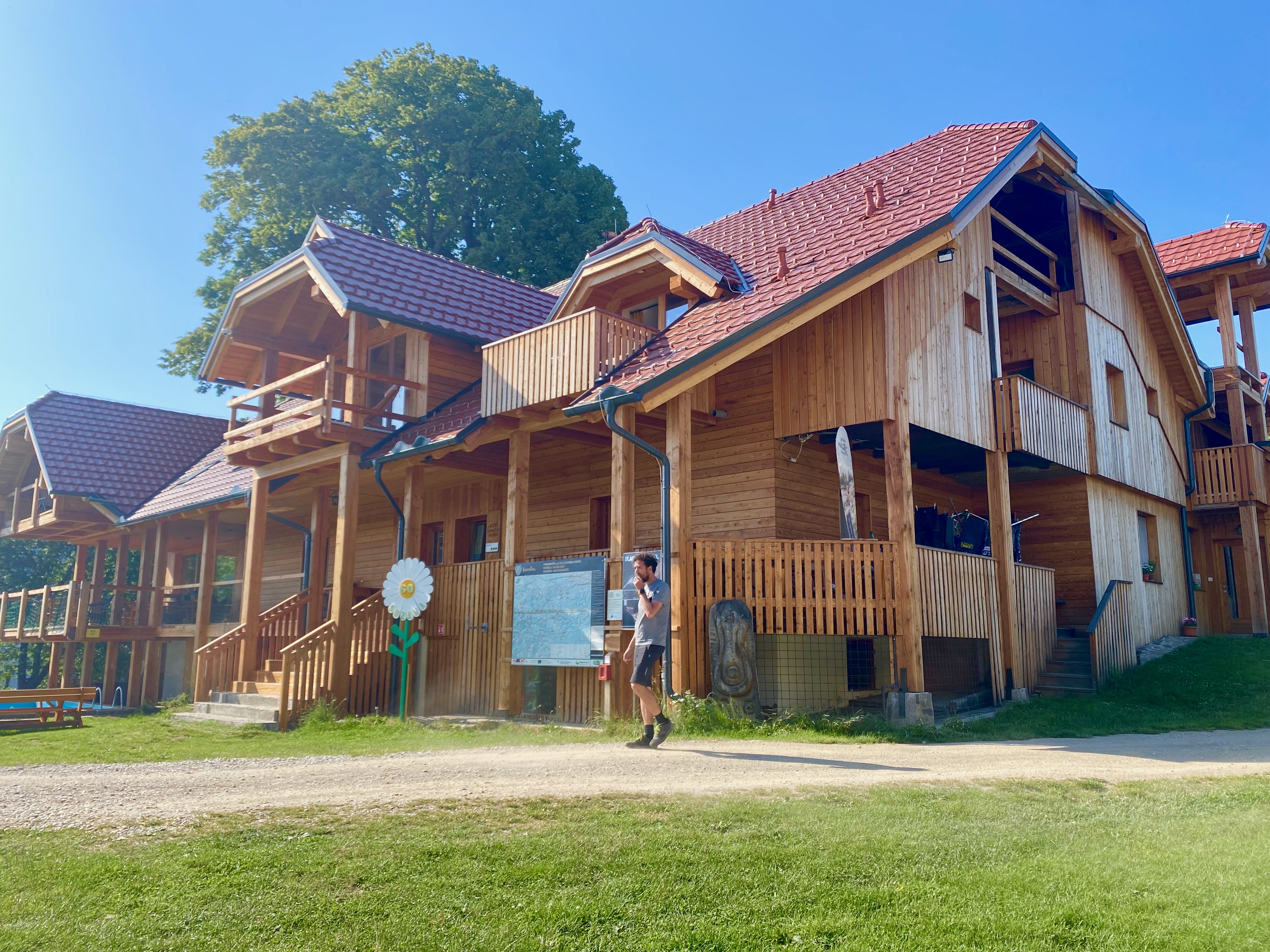Slovenia’s remote Koroška (Carinthia) region, a mountainous area running along the country’s north that marks out the border with Austria, doesn’t typically receive many visitors. Even for Slovenians, this traditionally industrial district feels out of the way. There are few towns of any size and the mountain peaks, while pushing through the 2,000-meter (6,600ft) mark, lack the stark, breathless drama of the Julian Alps to the West. Most visitors come to see the Unesco-listed, cross-border Karavanke Geopark to learn about the exotic sea creatures that once thrived here millions of years ago when the area was covered by the giant Tethys Sea.
That’s why I’m a little surprised to see Koroška on my itinerary. I’m traveling in Slovenia for a week as a guest of the Slovenian Tourist Board. My guide for the journey, Matej Kandare, the director of the adrenaline outfit, Slovenia Outdoor, has promised several days of off-the-beaten track excitement. On this day, he’s planned a trip to Koroška’s Mežica Mine, a former lead- and zinc-extraction facility buried deep within a 2,125m (7,000ft) -high outcropping called Mt Peca. I express polite interest. I mean how exciting can a lead mine be? I had no idea I was about to embark on an adventure I’ll remember the rest of my life.
We arrive at the mine on a sunny, summer morning. Over coffee, one of the coordinators of the Geopark, Suzana Fajmut Štrucl, and our guide for the day, Maribor law student Marko Ivčić, provide background on the Mežica Mine, which from Roman times to the end of the last century had been exploited for its bountiful supply of lead ore and rare minerals. Over the centuries, nearly 1,000km (600 miles) of excavation tunnels were burrowed into the mountain to a depth of nearly 1,000m (3,300ft). Working conditions for the miners were so harrowing that the mine and surrounding areas were referred to as the “Valley of Death.” My ears perk up at that last part, but our hosts assure us the mine is perfectly safe for a short-term visit.
I’m still not entirely certain what we’ll be doing in the mine until I see Marko wheel over a couple of mountain bikes, along with some helmets and helmet-fastened, miner-style headlamps. Flashing a smile, he tells us the plan for the morning is to explore the mine by bike. On our return, we’ll then descend deeper into the mine by train for an afternoon of kayaking along lakes of spring water that have pooled at the now-dormant mine’s lowest levels: 800m (half a mile) below ground. I feel a twinge of claustrophobia come on that’s quickly overridden by curiosity. (Note that neither activity is recommended for people who suffer from serious claustrophobia).
Mountain-Biking
A blast of cold air greets us as we push open the heavy metal doors to the mine and walk our bikes in. Temps below ground hover around 10°C (50°F) year-round, and we’re wearing spring jackets to stay warm. Our eyes need a couple of minutes to adapt to the blackness. Marko starts the ride off slowly to allow us to adjust to the path’s narrow, uneven sides and occasionally low-hanging ceilings. He quickly picks up the pace and the exhilaration of cycling inside a mountain kicks in.
The surface is rock-strewn but flat; the length of the trail, about 5km (3 miles), is suited to a confident beginner or intermediate rider (and kids over the age of 10). Advanced mountain bikers may want to try their luck on a more-challenging track, dubbed the “Black Hole,” that’s etched ominously into the mine’s even-narrower crevices. Every 10 minutes, Marko pauses to point out some of the mine’s outstanding features: giant, cave-like caverns of natural beauty or big, rusting buckets of ore that have been sitting there for decades and that attest to the day-to-day difficulties of working a mine. Here and there, he points to surviving veins of white, gem-like calcite or rarer, rust-brown wulfenite still embedded in the walls (an on-site museum highlights the many metals and minerals that have been found inside the mine). After a little over an hour of riding, we re-emerge smiling -- temporarily blinded -- into the bright summer sunshine.
Kayaking
For the afternoon kayaking adventure, Suzana has promised a train ride, and in my mind, I picture a typical train with comfortable seats and windows. Instead, Marko, Matej and I board a tiny box of a carriage, windowless and firmly locked. These carriages, no more than a meter wide and a few meters long, were designed to ferry up to eight miners at a time to a distance of 3km (1.8 miles) into the mine, but they now feel cramped with just the three of us inside. Bent over in that dark box, rattling ever-downward into the mine, I develop a sudden appreciation for the educational aspect of our visit. This, after all, was daily reality for the thousands of men who once worked the seams.
Once inside the mine, while wearing helmets, headlamps and gloves, we descend a further 600 steps that bring us nearer to the chamber’s low-lying pools of fresh water. Here, we pause momentarily in a heated dressing room to don chest-high waders that will protect us from the water’s chilly 6°C (43°F) temperature. After another careful descent along damp, concrete steps, we walk into the water and fetch our kayaks.
For the next 45 minutes, we’re free to aim our kayaks wherever we want and to follow the narrow channels wherever they lead. At 800m below the ground, the space feels unexpectedly airy and peaceful; the silence is broken only by our laughter and the sounds of the oars dipping into the clear water. Through the glint of my lamp, the water throws back shades of green and blue. It looks so refreshing and inviting, I feel a temporary urge to dive in (and then I remember the temperature).
The return to the surface is similar to the descent, but the steps are more challenging in wet waders. I cling tight to the handrail and climb on. Though anyone in theory could pilot the kayaks, the steps up and down – well worth it for the experience -- require at least an intermediate level of fitness. This attraction is not suited for children below the age of 12.
Practical information: Public transportation is spotty and the mine is best reached by car. Advance reservations are required for all tours. Book over the website. Some tours offer a delicious lunch of cold cuts and cheeses served inside the mine. Mountain-biking enthusiasts should pair a visit to the mine with an overnight at the beautiful Ekohotel Koroš in nearby Jamnica. The hotel offers miles of picturesque cycling trails as well as bike tours and shuttles over to the mine. For more underground adventures, the Slovenian Coal Mining Museum in Velenje, 40km (25 miles) southeast of Mežica, offers four-course gourmet meals served in the mine.
